|
GW-SW Pty Ltd provides specialised consulting services related to groundwater, surface water,
integrated water management and simulation of water resource recovery facilities
(WRRFs, formerly known as wastewater treatment plants, WWTPs).
GW-SW Pty Ltd is an Australian company, but currently has no full-time technical staff in Australia.
The company provides services through its related foreign-owned Chinese company, Nanjing Smart Technology Development Co. Ltd. In other words,
"GW-SW" provides a gateway for clients in Australia or elsewhere to access simulation services in China, effectively "offshoring" at competitive rates.
|
Visualisation and Digital Twins
|
Leaders and managers need to be able to visualise systems, to visualise historical and real-time data, and to visualise the future behaviour of systems.
The concept of Digital Twins is not new, but there are many interpretations of what this means, and each type of Digital Twin has different benefits.
It is now common to display real-time data from rivers and canals on computer screens in remote offices, in map-based platforms, sometimes with closed-circuit television to help leaders and managers to understand the current situation.
Many factories and industrial parks are creating Digital Twins based on three-dimensional representation of CAD and building information management (BIM) data, allowing fly-throughs, with context-sensitive data shown depending on the view.
More advanced systems allow maintenance scheduling and can be supported by augmented reality (AR), to allow experts at remote locations to guide maintenance.
"GW-SW" specialises in adding one more layer of complexity: the ability to simulate the dynamic behavior of a system, predict future behaviour and guide the choice of operating rules in the near future. Models can be mechanistic (based on physics, chemistry, microbiology etc.), data-based or hybrid (a combination of both). This will be especially useful in real-time flood management and in optimal control of wastewater treatment.
Services
Development of GIS and online map-based visualisation platforms
Development of operational Digital Twins as Decision Support Systems (DSSs) to guide the choice of future operating rules
|
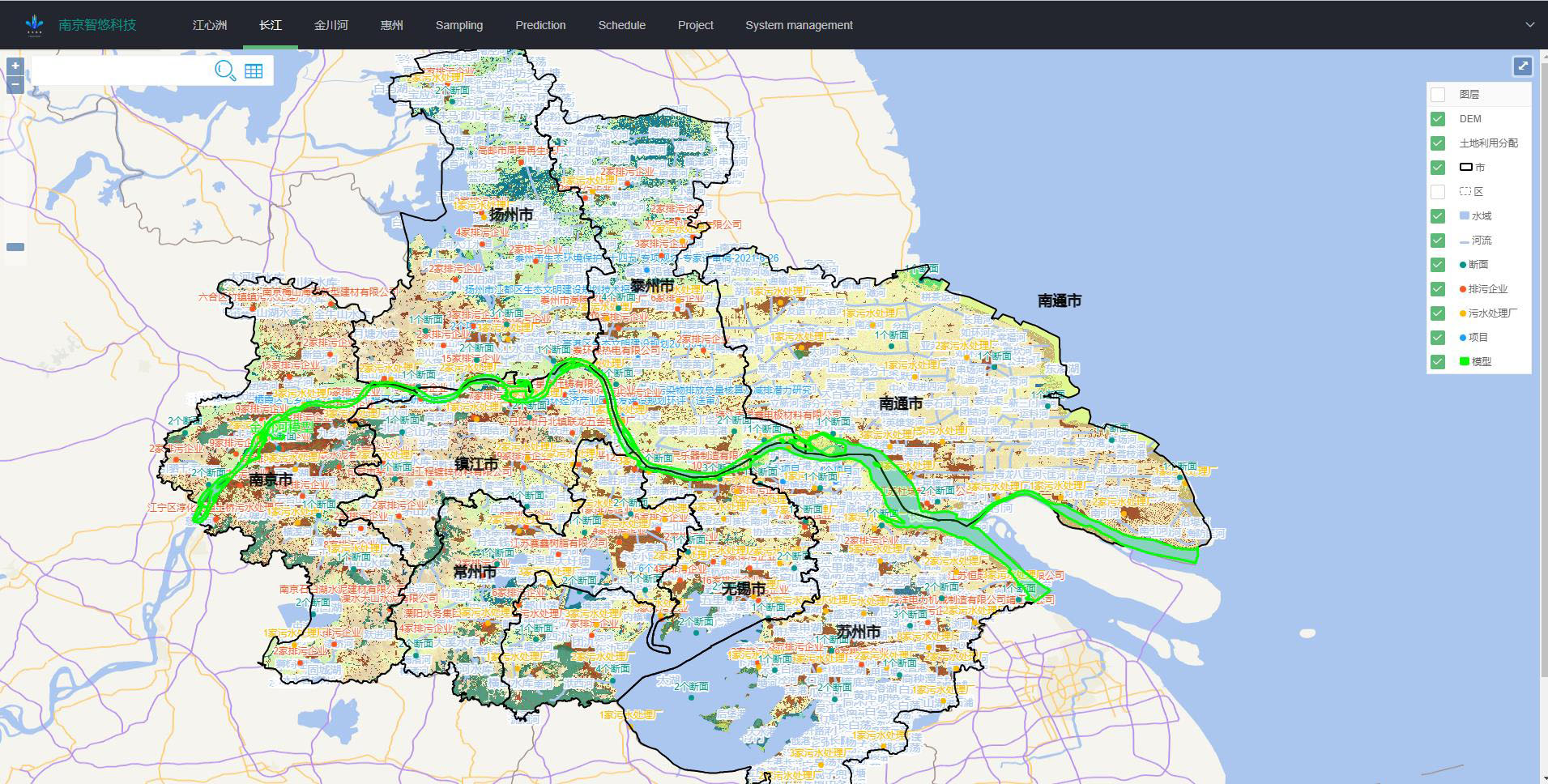
|
|
Data analysis and simulation modelling (environmental engineering design)
|
Data are fundamental to being able to understand any system, and to support the design of changes to any system.
Simulation modelling is the only technology that allows us to predict future behaviour, to support the design of water management infrastructure.
Simulation modelling in water and environmental engineering is based on the same principles embedded in software that is used to design buildings
in civil engineering, to design pumps and machines in mechanical engineering, to design electrical distribution systems, power stations and
electronic circuit boards in electrical and electronic engineering,
to design petrochemical plants in petroleum engineering and offshore drilling platforms etc.
Services
Selection and installation of sensors, collection of real-time data, data management, and real-time display of field data in a customised online map-based platform, designed to meet the needs of each customer
Data analysis using Power BI, Python, MATLAB, Mathematica and more
Simulation modelling using commercial software, open source software and also using our own customised simulation software (more than 40 years of experience developing software)
Optimisation of engineering designs, to save 20-30% of capital costs and operating costs, or to deliver greater performance for any agreed cost
Animation and visualisation of results of modelling and optimisation
|
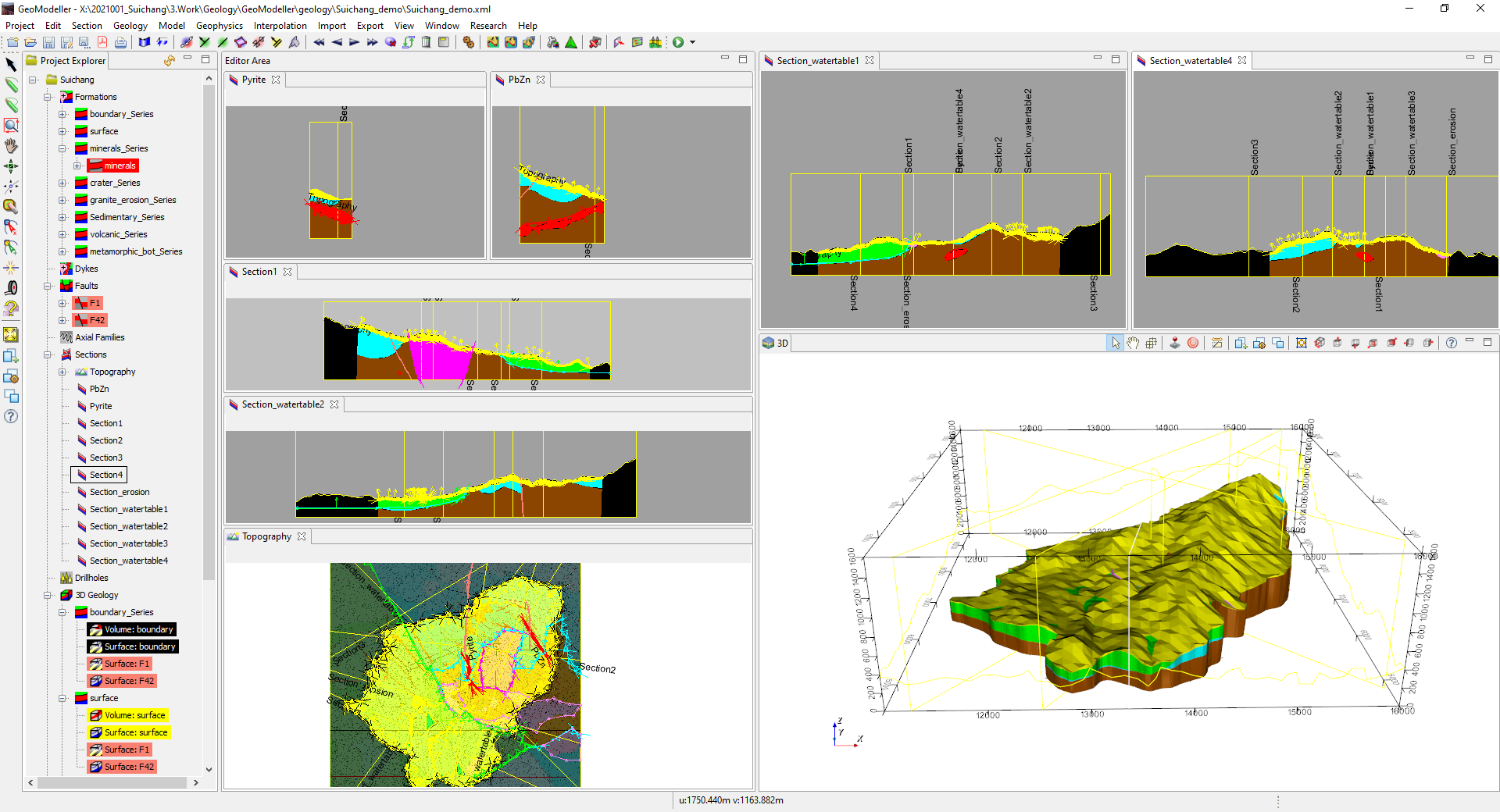
|
|
Water Sensitive Urban Design
|
The Australian concept of Water Sensitive Urban Design (WSUD) is closely related to Low Impact Development (LID) in Europe,
Green Infrastructure (GI) in the USA, sponge cities in China and many other similar concepts.
The objective is to reduce flood risk in urban areas, improve urban water quality, increase environmental flows etc.
"GW-SW" has expertise in surface water and groundwater management and is developing a methodology
to help leaders of cities to invest wisely and efficiently in urban water management, including in agricultural and industrial areas near fully urbanised areas.
The methodology involves traditional simulation modelling, combined with formal mathematical optimisation methods,
as well as simplified local scale models of water quality improvement projects,
to support the analysis of capital costs, operating costs and environmental benefits in space and time.
Services
Hydrological investigations
Real-time monitoring and water quality sampling
Design of projects to implement the concepts of sponge cities
Simulation modelling of surface water, groundwater and everything necessary to represent the processes involved in urban water management
Evaluation of the performance of WSUD relative to guidelines; comparison with international guidelines for LID, GI, sponge cities etc.
Cost-benefit analysis to help governments to invest wisely, to get the maximum environmental benefit for any expenditure
|

|
|
Integrated water management and rehabilitation of mine sites
|
In many countries there is renewed focus on rehabilitation of a large number of abandoned mines.
Many abandoned mines discharge water with low pH and high concentrations of Fe, Mg, Mn and heavy metals towards streams and rivers,
affecting the health of the local ecosystem, with cumulative impacts far downstream.
Based on more than 30 years working with the mining industry around the world, including nearly four years with Rio Tinto (a global mining company),
"GW-SW" can provide advice on all aspects of water management for operating mines, and specifically on matters related to closure planning.
Services
Qualitative risk assessment following international standards, including planning for mine closure
Quantitative risk assessment of integrated water management at operating mine sites, using GoldSim simulation software
Studies to predict groundwater inflows to open cut and underground mines
Studies to predict the impact of depressurisation for coal seam gas production
Environmental impact assessment (EIA) of mining operations
Detailed studies related to tailings storage facilities and waste rock dumps, including assessment of leakage to groundwater and recovery of contaminated groundwater
Studies of acid rock drainage (ARD) from waste rock dumps and abandoned mines, including development of management plans to reduce flows and improve water quality
Design of water treatment processes to treat ARD
|
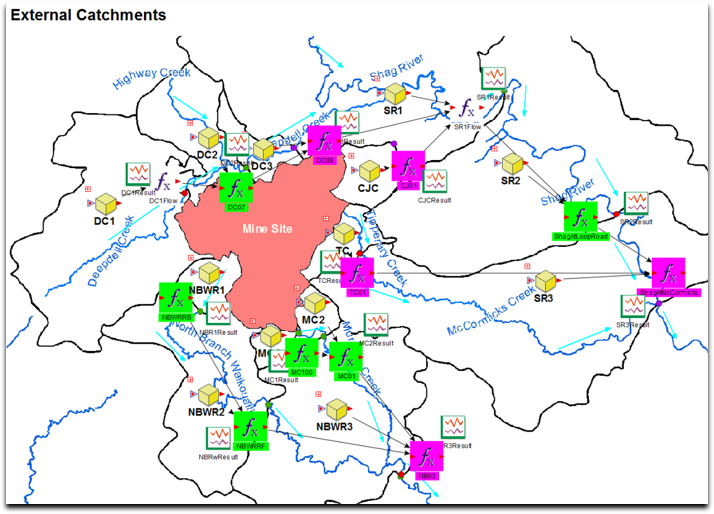
|
|
Groundwater management
|
Groundwater is a source of water for cities, agriculture, industry and mines.
"GW-SW" has 40 years of international experience in identifying and solving problems related to groundwater supply and
groundwater contamination, including development and use of groundwater modelling software, participation in high level international reviews and development of industry guidelines.
Services
Hydrogeological investigations
Real-time aquifer monitoring and water quality sampling
Aquifer testing (pumping tests) and evaluation
Borefield design
Recharge studies, response of aquifers to flooding, drought and over-pumping
Groundwater – surface water interaction
Groundwater quality assessment
Groundwater remediation; optimal recovery of contaminated groundwater, especially dense plumes
Managed Aquifer Recharge (MAR)
Solution mining
Geothermal heat pumps
Impact assessment related to tunneling, mining and coal seam gas production
Groundwater flow and solute transport modelling using FEFLOW, MODFLOW and many more
|

|
|
Surface water management
|
Surface water affects all parts of the landscape, either through direct rainfall of the movement of water from upstream towards lower-lying areas.
It is a source of fresh water and is easily contaminated by human activities.
"GW-SW" has years of international experience, including flood studies in Australia and Malaysia, a study of the Upper Nile basin in Africa and studies of the
salinity structure in an estuary that developers hoped to dam to create residential land with a stable shoreline (the equivalent of “green finance” today).
Services
Hydrological investigations
Real-time monitoring and water quality sampling
Analysis of the performance (capacity) of stormwater drainage systems (pipes, channels, rivers) and design of improvements, possibly with formal mathematical optimisation to reduce costs of improve performance at the same price
Analysis and design of water supply delivery systems and sewage collection systems, prevention of combined sewer overflows (CSOs)
Analysis of agricultural irrigation and drainage systems, aquaculture, design of improvements focused on water quality
Surface water – groundwater interaction
Surface water flow and solute transport modeling using SWMM, HEC-RAS, TUFLOW, GoldSim and more
Quantitative risk analysis of water supply systems and hydropower systems using GoldSim
|
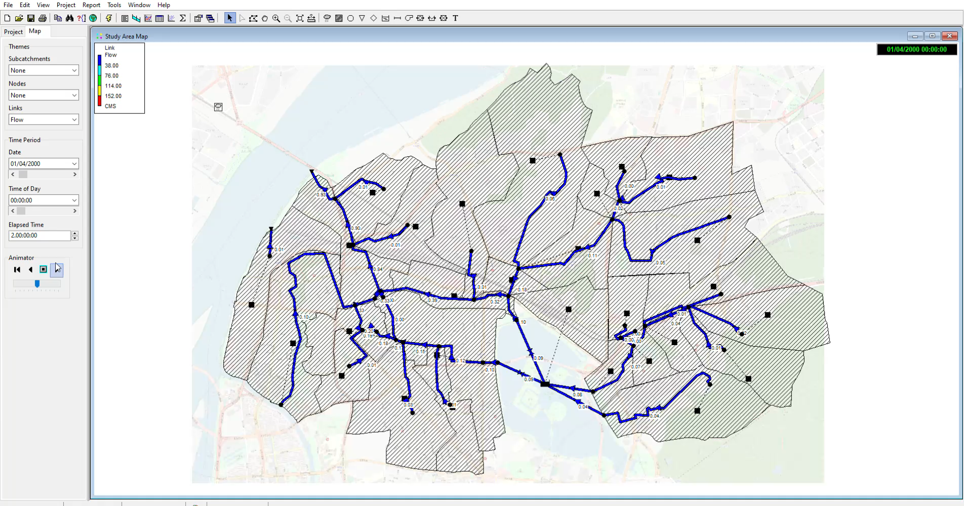
|
|
Ecological restoration
|
There is an urgent need in many parts of the world to improve water quality in natural and constructed waterways, and to improve the health of the aquatic ecosystem.
"GW-SW" has more than 30 years of experience working on systems that involve shallow lakes, wetlands and ponds, including seasonal dynamics, interaction with groundwater, and the impact of excess nutrients on ecosystem health.
Services
Hydrological and ecosystem investigations
Real-time monitoring and sampling
Design of water management systems to maintain environmental flows
Design of buffer zones to support flora, fauna and birds
|

|
|
Water resource recovery (wastewater treatment)
|
Most countries have strict requirements on the quality of effluent from WRRFs, some countries have also committed to rapidly reducing greenhouse gas (GHG) emissions.
Since wastewater treatment is known to cause 3-4% of GHG emissions, reducing emissions by 25% could lead to an overall 1% reduction in emissions.
Services
Real-time monitoring of levels, flow rates and water quality inside wastewater treatment plants (WWTPs, now known as WRRFs)
Improvement of the performance of wastewater treatment plants using commercial software (ASIM, BioWin, GPS-X, SIMBA#, Sumo and WEST, listed here in alphabetical order), at the request of clients, also ready to customize our own WRRM software and develop new software for specific purposes
Reduction of aeration cost by optimal real-time control, with corresponding reduction in operating costs and greenhouse gas (GHG) emissions; development of Digital Twins of WRRFs
Design of constructed wetlands for tertiary treatment
|
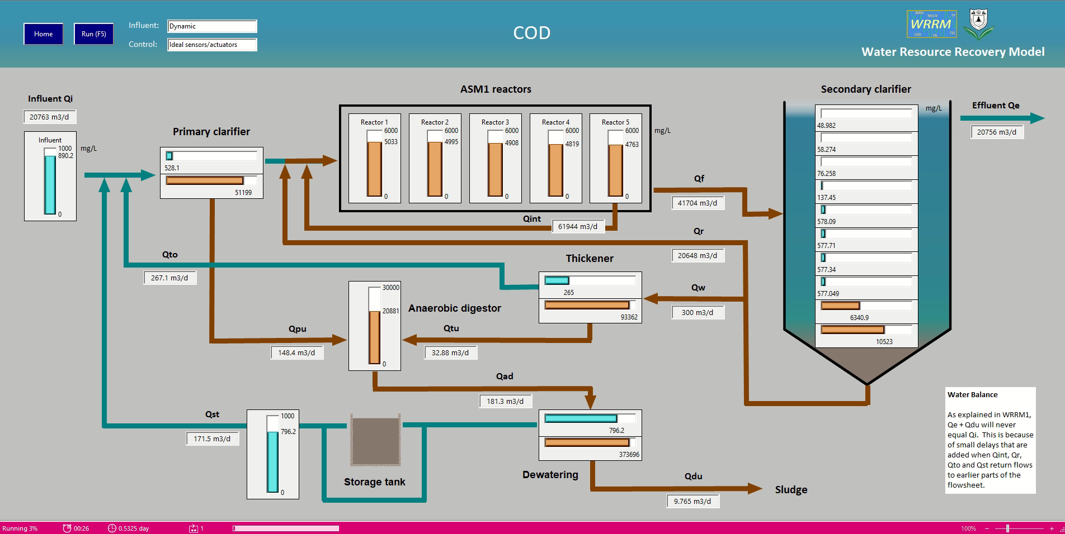
|
If you have any questions, please ask.
|